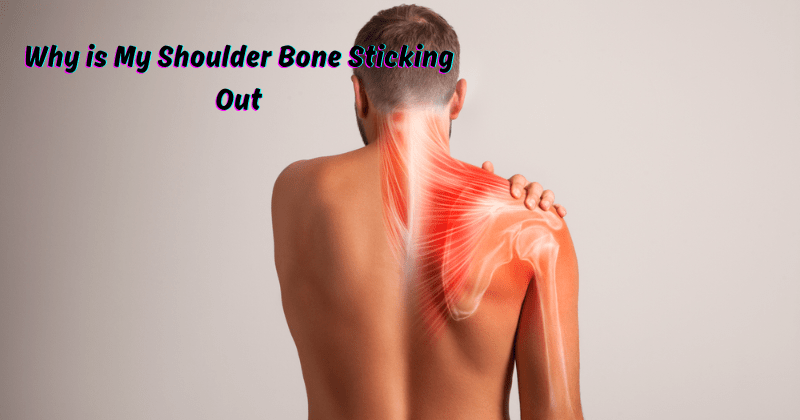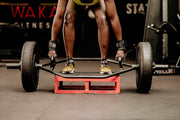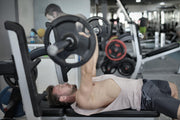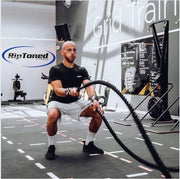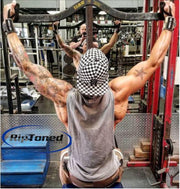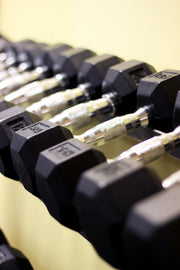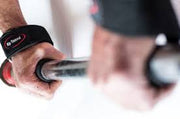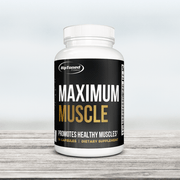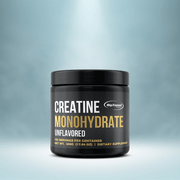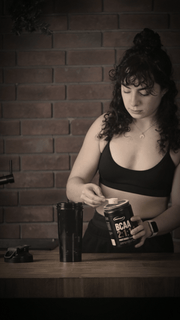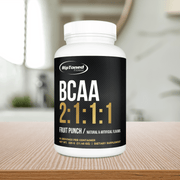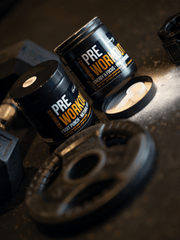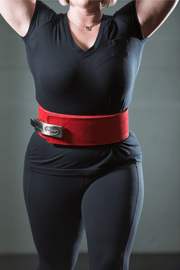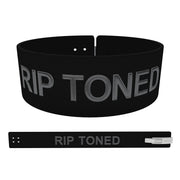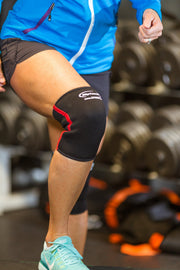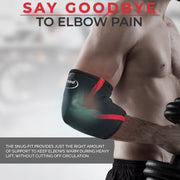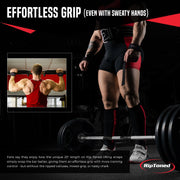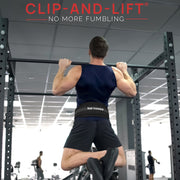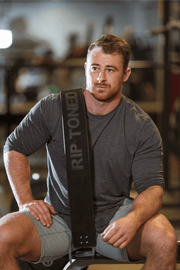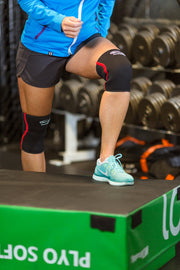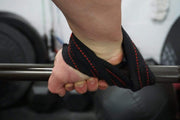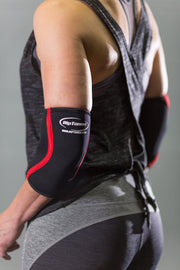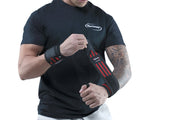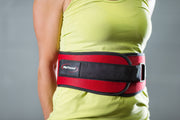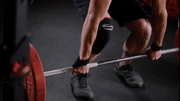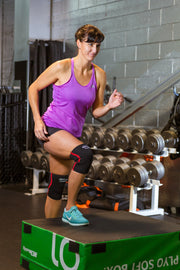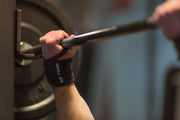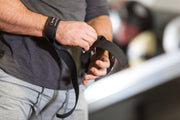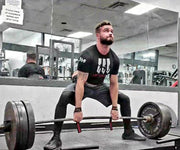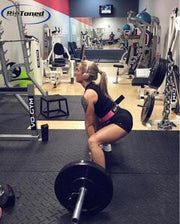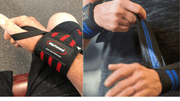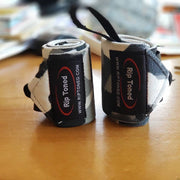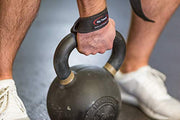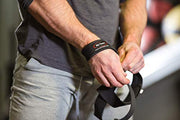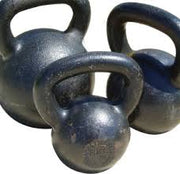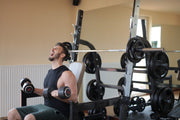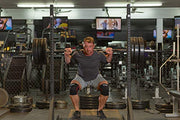Are you experiencing the discomfort of your shoulder bone sticking out?
Discovering your shoulder bone sticking out can cause concern and curiosity, prompting questions about the underlying reasons behind this unusual phenomenon. The human shoulder is a complex structure of bones, muscles, and joints, and any deviation from the norm may raise alarms.
This exploration will delve into potential factors contributing to a protruding shoulder bone, from muscle imbalances and injuries to more severe underlying conditions. Understanding the root cause is crucial for seeking appropriate medical guidance and addressing any discomfort or limitations in mobility.
Join us to unravel the mysteries behind a protruding shoulder bone and gain insights into potential solutions for a healthier and more comfortable shoulder.
Understand Shoulder Joints and Bones
The shoulder is one of the most complex joints in the body, allowing for various movements and actions. It comprises three bones: the humerus (upper arm bone), scapula (shoulder blade), and clavicle (collar bone). These bones work together with muscles, tendons, and ligaments to provide stability and mobility. The shoulder also has two main joints: the glenohumeral joint and the acromioclavicular joint.
The glenohumeral joint connects the humerus to the scapula, enabling arm movements in different directions. On the other hand, the AC joint links the clavicle to a part of the scapula called the acromion. This joint is responsible for shoulder movement, like raising your arm over your head. AC joint sprain may also be known as an AC joint separation. Both joints and surrounding shoulder muscles and tissues work together to keep the shoulder stable and functional.
When looking at a healthy shoulder, the bones should appear smooth and connected, with no visible protrusion. However, the shoulder bone may appear to stick out or have a bump in some cases.
Why is My Shoulder Bone Sticking Out? Reasons
There could be several reasons your shoulder bone is sticking out, some of which are more common than others. Here are a few potential causes to consider:
Muscle Imbalances and Injuries:
Muscle imbalances or injuries are among the most common reasons for a shoulder bone sticking out. The shoulders comprise three main bones - the humerus, scapula, and clavicle - all connected by muscles and tendons. An imbalance in these muscles or a tear or injury to one of them can cause the shoulder bone to protrude.
This imbalance could be due to overuse or repetitive strain on certain muscles, leading to weaknesses and imbalances in others. It could also result from poor posture or improper form during exercises or activities that strain the shoulders. Injuries such as rotator cuff tears or dislocated shoulders can also contribute to a protruding shoulder bone.
If you suspect that muscle imbalances or injuries are causing your shoulder bone to stick out, it is essential to consult a medical professional for proper diagnosis and treatment. Depending on the severity of the imbalance or injury, physical therapy, strength training exercises, or surgery may be recommended as part of the treatment plan.
Bone Deformities:
Sometimes, the protruding shoulder bone may be due to a congenital condition or bone deformity. Some people are born with abnormalities in their bones that can affect the shape and structure of their shoulders, leading to protruding bones. These conditions may include scoliosis, where the spine curves abnormally, or dysplasia, characterized by underdeveloped bones.
Bone deformities may not always cause discomfort or limitations in mobility, but it's essential to consult a medical professional for proper assessment and monitoring. In some cases, corrective surgery may be recommended to improve the appearance of the shoulder and alleviate any potential issues down the line.
Underlying Health Conditions:
More severe underlying health conditions can also contribute to a protruding shoulder bone. One is the Winged Scapula, where the shoulder blade sticks out due to nerve damage or muscle weakness. This condition can be caused by a variety of factors, including injuries, infections, and neurological disorders such as muscular dystrophy.
Another potential cause is Acromegaly, a rare hormonal disorder that causes abnormal growth in bones and tissues, including the shoulders. This condition typically occurs when the body produces excess growth hormones, leading to enlarged bones in the hands, feet, and face.
If you suspect that an underlying health condition is causing your protruding shoulder bone, seeking proper medical evaluation and treatment from a healthcare professional is crucial.
Postural Issues:
Poor posture is a common problem in today's sedentary lifestyle and can also contribute to a protruding shoulder bone. When we sit or stand in the same position for extended periods, our muscles become imbalanced, leading to postural issues that can affect the shoulders.
Slouching or hunching over at a desk or while using electronic devices can strain the shoulders unnecessarily, leading to muscle imbalances and a protruding bone. Maintaining good posture throughout the day is essential by taking breaks to stretch and using ergonomic equipment that supports proper alignment of the shoulders and spine.
Signs and Symptoms of Scapular Winging
Apart from the visible protrusion of the shoulder bone, there are other telltale signs and symptoms that you should be aware of. These may include:
- Pain or discomfort in the shoulders or upper back
- Limited range of motion in the affected shoulder
- Weakness in the arm and/or hand on the same side as the protruding bone
- Visible muscle wasting or atrophy in the shoulder area
If you experience any of these symptoms together with a protruding shoulder bone, it's essential to consult a medical professional for proper diagnosis and treatment. Early detection and intervention can prevent complications and improve overall health and well-being.
Potential Solutions for a Protruding Shoulder Bone
A protruding shoulder bone can result from various factors such as muscle imbalances, poor posture, or underlying medical conditions. Addressing this issue often involves a combination of lifestyle adjustments, exercises, and, in some cases, medical consultation. Here are potential solutions to help alleviate a protruding shoulder bone:
Posture Correction:
Correcting poor posture is crucial in addressing a protruding shoulder bone. Focus on sitting and standing up straight, keeping your shoulders back and down. Employ ergonomic adjustments in your workspace to maintain a neutral spine position.
Muscle Strengthening:
Engage in targeted exercises to strengthen the muscles around the shoulders and upper back. This includes exercises like shoulder blade squeezes, rows, and shoulder retractions. Building strength in these areas can help support the shoulder joint and improve overall posture.
Stretching Exercises:
Incorporate stretching exercises to improve flexibility and release tension in tight muscles. Pay attention to stretches for the chest, neck, and upper back. Stretching can help alleviate muscle imbalances contributing to the protrusion.
Massage and Soft Tissue Therapy:
Massage therapy can help release tight muscles and improve blood circulation around the shoulder area. Soft tissue techniques may be beneficial in addressing muscle imbalances and reducing tension.
Orthopedic Support:
Consider using orthopedic supports, such as braces or posture correctors, to provide additional support for the shoulders. These aids can assist in maintaining proper alignment and reducing strain on the protruding shoulder.
Regular Physical Activity:
Engage in regular physical activity to promote overall health and well-being. Activities like swimming, yoga, or Pilates can improve posture and strengthen the muscles surrounding the shoulders.
It's important to note that individual cases may vary, and consulting with a healthcare professional is essential to determine the most appropriate course of action based on the specific circumstances surrounding the protruding shoulder bone.
What Exercises Can I Do For Bone Spurs in the Shoulder?
Exercises may not directly address bone spurs in the shoulder, but they can help improve overall mobility and alleviate any discomfort or limitations caused by the condition. Here are some exercises that can be beneficial for individuals dealing with bone spurs in the shoulder:
- Shoulder stretches: Gentle stretching of the shoulders can help improve the range of motion and reduce stiffness. Some examples include arm circles, arm swings, and cross-body shoulder stretches.
- Rotator cuff exercises: These exercises can help strengthen the muscles that support the shoulder joint and may help alleviate pain associated with bone spurs. Some examples include external rotation with resistance bands or dumbbells and internal rotation using a towel or resistance band.
- Shoulder blade squeezes: This exercise targets the muscles around the scapula and can help improve posture and support the shoulder joint.
- Shoulder retractions: Similar to shoulder blade squeezes, this exercise helps strengthen the muscles around the scapula and shoulders.
Is whey protein good for building muscle?
Whey protein is commonly used as a dietary supplement by individuals looking to build muscle mass. It is a high-quality, complete protein that contains all the essential amino acids necessary for muscle growth and repair. Whey protein can be beneficial for building muscle when combined with regular exercise and a balanced diet.
Studies have shown that consuming whey protein after resistance training can increase muscle protein synthesis, leading to greater gains in muscle mass and strength. Whey protein is also easily digested and absorbed by the body, making it an ideal post-workout supplement.
In addition to its role in muscle building, whey protein has other potential health benefits, such as improving satiety, aiding in weight loss, and supporting healthy immune function. However, it's important to note that whey protein should be used as a supplement and not a replacement for whole food sources of protein.
While whey protein can be a beneficial tool in building muscle, it's essential to consult with a healthcare professional or registered dietitian before incorporating it into your diet. They can help determine the appropriate dosage and timing of consumption based on your specific health and fitness goals. So, it is always advisable to seek professional guidance before starting any supplementation regimen for muscle building.
FAQs
Is shoulder popping serious?
While occasional shoulder popping is usually not a cause for concern, frequent or painful popping can be a sign of an underlying issue. A healthcare professional should evaluate it.
How do I stop my shoulders from cracking and popping?
Regular stretching and strengthening exercises can help improve shoulder mobility and reduce popping sounds. It's also essential to maintain good posture and avoid overuse or repetitive motions that may strain the shoulders.
What are two warning signs of a rotator cuff tear?
Some warning signs of a rotator cuff tear or partial tear may include shoulder pain or weakness inside the shoulder, limited range of motion, and difficulty performing daily activities that involve raising your arm. Rotator cuff muscles can also be imbalanced, leading to a protruding shoulder bone. If you experience these symptoms, it's important to consult with a healthcare professional for proper diagnosis and treatment.
Why do my shoulder blades show so much?
A protruding shoulder bone or visible scapula can be a result of muscle imbalances, poor posture, or underlying medical conditions. It's important to address these issues to improve overall health and prevent potential complications. It is essential to listen to your body and seek proper medical attention if you experience any discomfort or limitations with your shoulders.
What is the treatment of shoulder separation?
Treatment for a shoulder separation depends on the severity of the injury and may include rest, physical therapy, or surgery in severe cases. It's crucial to consult with a medical professional for a proper diagnosis and treatment plan.
Conclusion
In conclusion, if you are experiencing the unsettling issue of your shoulder bone sticking out, it is important to identify the underlying cause for proper treatment and relief. A shoulder dislocation, shoulder impingement syndrome, and structural abnormalities are potential culprits contributing to this condition.
Seeking medical attention and consulting a healthcare professional is crucial in obtaining an accurate diagnosis and developing an appropriate treatment plan. Treatment options may include physical therapy, medication, or, in severe cases, surgery. It is essential to address this issue promptly to prevent further damage, alleviate pain, and restore normal function to your shoulder joint.
Remember, each case may vary, so it is important to consult a qualified healthcare provider who can provide personalized guidance and support throughout your recovery process.
Check-Our-Riptoned-Lifting-Gear-Here

